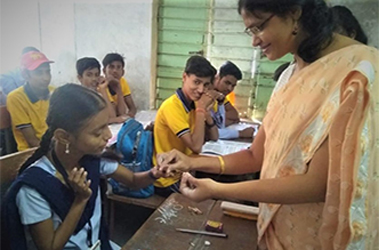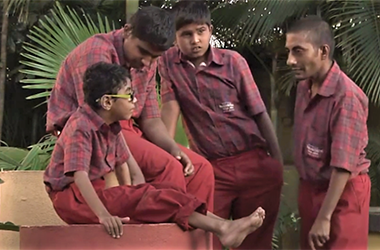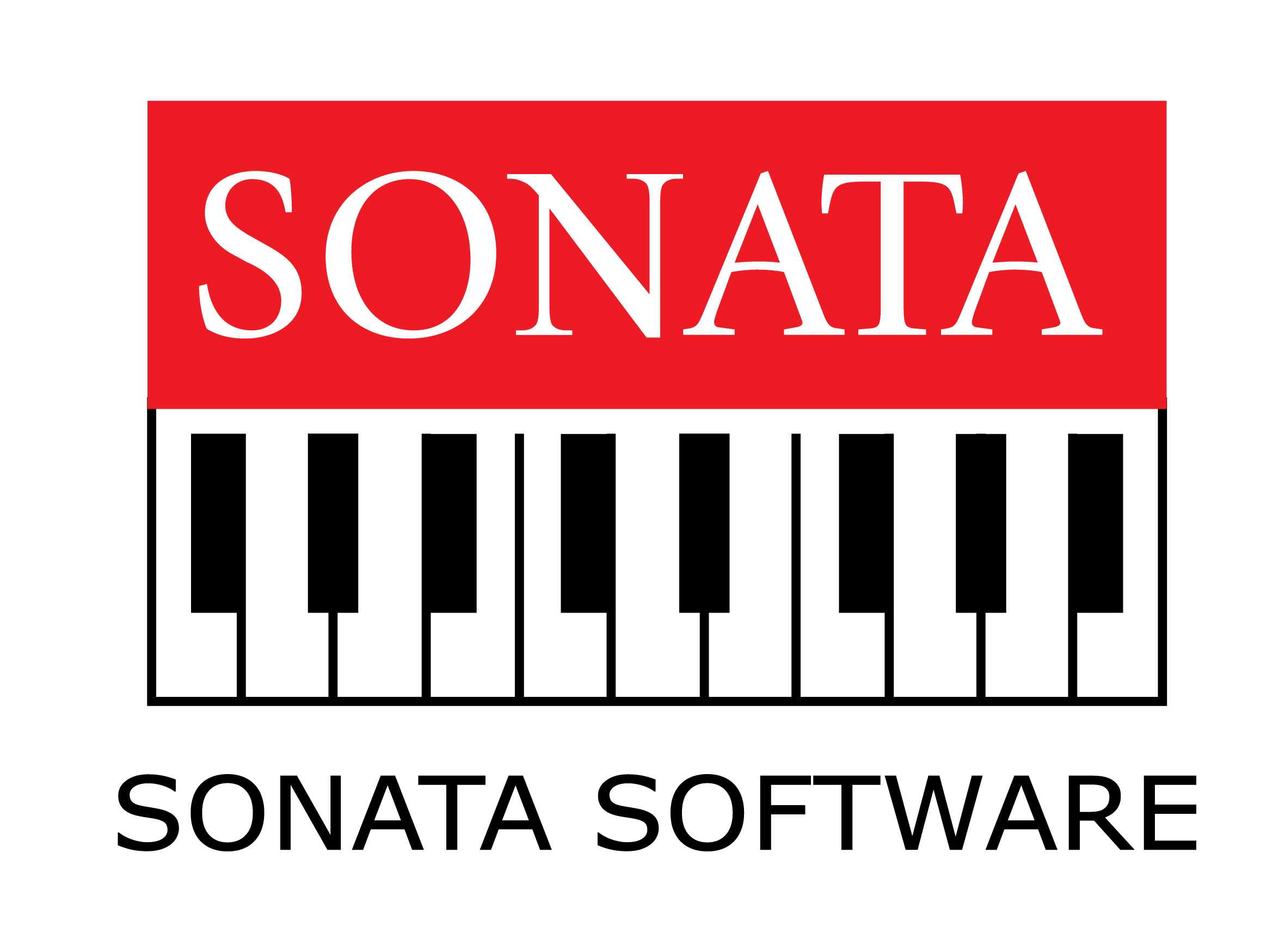Understanding Inclusive Education for Students with Deafblindness & MD
Inclusive education creates an inclusive society. It accepts all diversities and goes beyond any ethnicity, disability, caste, class or gender. Our focus is to encourage children with disabilities to participate actively in society, without any discrimination. Thus, inclusive education is, “A process of strengthening the capacity of the education system to reach out to all learners” (Handbook on Deafblindness by Sense International India).
Right to Education (RTE) and Samagra Shiksha Abhiyan (SMSA) have played a very important role for Children with Deafblindness (CwDb). Through the above initiatives, classrooms have become more inclusive with children with special needs and abilities adapting curriculums suitable for these children as well. However, the focus is not just limited to the curriculum but even the content, environment, learning approach, instructional strategies and teaching methodologies.
What does inclusion mean here? It means that children with disabilities studying in age-appropriate classes in mainstream schools have a choice to participate in academic and extracurricular activities like painting, theatre, yoga etc. It gives them an opportunity to socialise, interact and develop friendships with their classmates. Inclusive education is a collaboration of school staff, parents and students as well. Special education that includes physiotherapy or occupational therapy are seen as services. From special education to a mainstream school’s inclusive education, this change is the first level of transition for a child with disabilities. Next being higher education, vocation training and then job. When all the students are expected to learn the same thing in the same way within the same time, the teachers are not able to provide support for the education and communication needs of the child with disability
Inclusive Education has a number of benefits. It enables Children with Deafblindness (CwDb) to study in schools in any part of India, hence increasing their opportunities to learn. Children coming from different backgrounds can guide a child with deafblindness by socialising with them. This can help the child learn daily activities like wearing clothes, eating and communication from their friends. Such an environment might help address the behavioural issues of CwDb. It also facilitates in achieving the goals of Individualised Education Plan. Most importantly, by studying in an inclusive education sensitization and awareness towards people with deafblindness can be generated.


Redesigning the Curriculum
While redesigning the curriculum, systems of the schools need to be more flexible. In promoting creative/innovative thoughts, the educators need to involve children with special needs with the rest of the students so that they don’t feel left out. Sometimes, while focusing on special education, we tend to forget about the mainstream education that is the core part of inclusive education. Another crucial part is conceptualising curriculum. What do we need to teach the child? What educational purposes does the school need to follow? What has to be included in the chapters to help the child reach their goals? Which educational experiences have to be analysed and shared to achieve the set purposes? Which strategies and processes have been suitable for adaptation in the previous experience? How to use the experiences to achieve the desired goals? How will the child learn and come from special education to mainstream education?
The National Policy to Education 2020 (NPE) contributes towards inclusive education as well. Its ultimate objective is to provide quality education without any discrimination. Even today many children with disabilities do not get opportunities for education due to social neglect and lack of resources in and around their area. Hence, with the support of state and government boards on education, children with deafblindness have to be identified, provided opportunities and resources, special educators need to be trained and social awareness needs to be generated.
After understanding inclusive education, we will discuss one of its core components - Curriculum adaptation. Before discussing it conceptually, we should reason why it is needed. We should know if children with disabilities are able to learn with children without disability. Is the school aware of deafblindness and are IEPs implemented well? Most importantly, the same curriculum needs to be followed for all the students in the class.After understanding inclusive education, we will discuss one of its core components - Curriculum adaptation. Before discussing it conceptually, we should reason why it is needed. We should know if children with disabilities are able to learn with children without disability. Is the school aware of deafblindness and are IEPs implemented well? Most importantly, the same curriculum needs to be followed for all the students in the class.
What is Curriculum adaptation?
Curriculum adaptation is an ongoing dynamic process that modifies and adapts the prescribed program of studies to meet the learning requirements of a student with special needs. It enables the teaching team to welcome learners of all abilities and ensures that every student is challenged to learn. Modifications can be done in teaching and learning environment (eg. light in the classroom), teaching-learning techniques (eg. using sign language, large pictures for students with deafblindness), teaching and learning support material (tactile/ real objects), learning programmes (learning set up like school base, home base or centre-based) and assessment/evaluation (to know the learning of students).
Teaching can only be effective if it is accessible to all students. It can be achieved by assessing their needs, abilities, strengths, need-based changes in the curriculum, activity-based classroom, need-based evaluation methods and involving the child in the process of education as an active partner. The factors that teachers should keep in mind while planning a session are the concept, the topic, the students, the classroom context, the teacher and appropriate instructional practices.
A nine-point adaptation approach is taken for curriculum adaptation. The approach is general in nature and takes into account the following points for adaptation:
- Size of the content
- Time
- Input
- Output
- Difficulty level
- Participation
- Level of support
- Alternate Goals
- Substitute Curriculum
Sense International India has come up with the Handbook on Curriculum Adaptation for Inclusive Education of Students with Deafblindness. The book is on four different subjects such as English, Hindi, Maths and Environmental Studies.
Despite the numerous benefits of Curriculum Adaptation, it has its share of challenges too. The challenges are not just limited to the students but even to the special educators, peers and parents too. As the nature of disability is heterogeneous, meaning one single class may have students with disabilities of varying degrees, it may interfere in peer’s learning. The communication modes have to be switched to suit the special needs of children and decisions have to be taken to modify the curriculum.
AuthorsMercy Chingnunmuang- Training-Officer, Sense International(India)
Sukrati Rastogi- Programme-Officer, Sense International(India)
Considering its importance, our expert professionals had taken a session on Transition Planning of Persons with Deafblindness & MD and Understanding Inclusive Education for Students with Deafblindness & MD in the National Webinar organised by Sense India on the 26th of November, 2020. It was taken by Mr. P. Srinivasan, Manager-Training, SII and Ms. Mercy Chingnunmuang, Officer-Training, SII and Mr. Rashmikant Mishra, Asst. Manager-Training,SII and Ms. Kalyani Jadhav, Officer-Training, SII respectively.




